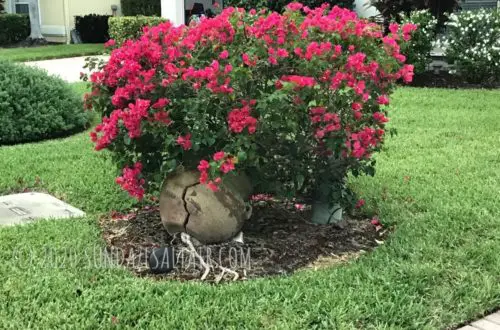
A Gardener’s Diary… On Growing Orchids And Five Common Orchid Myths
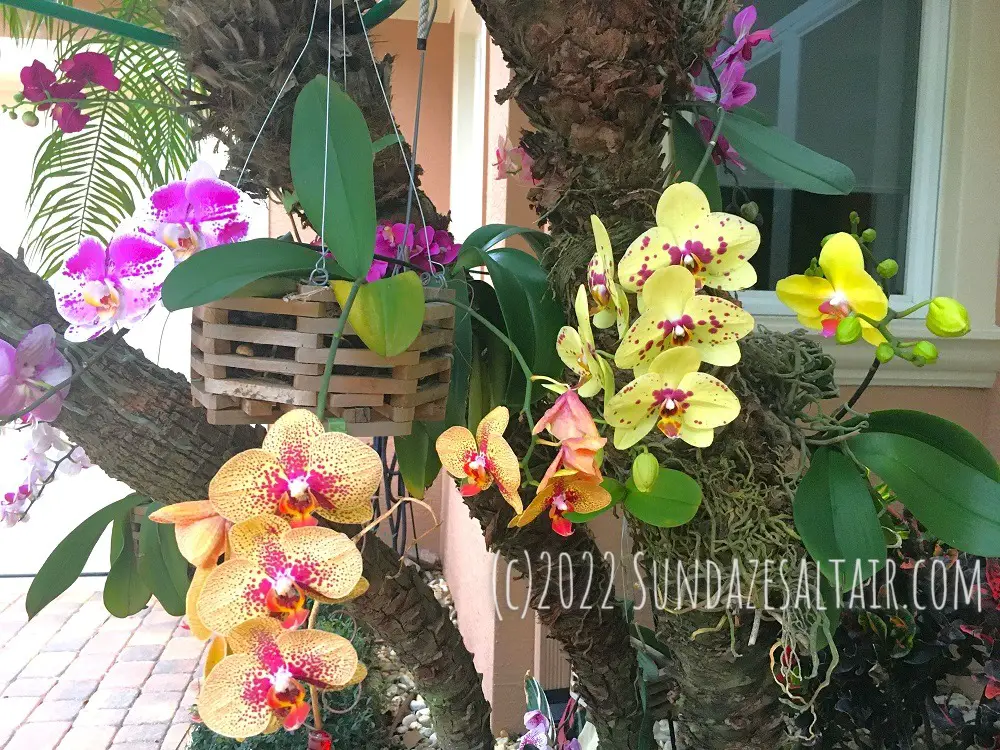
Gardening In the Subtropics, Musings On The Mysterious Orchid & Debunking Five Common (And Deadly) Orchid Myths
Although I never intended to make this strictly a gardening website, there is no escaping the increased appeal of anything done out in fresh air in the great outdoors where you don't have to wear a mask the entire time, #quarantine life. Of course, you are getting the benefits of clean, fresh outdoor air and summer sunshine while it lasts, but you are also making the most of the painfully short season before time marches on towards fall. Not to mention, there are few cheaper, all-natural antidotes to the escalating stress of modern life than time spent in the garden.
When I lived in Northern climates, my interest in gardening, much like spring and its new buds, would renew seasonally, with my interest peaking naturally in the summer, and winding down like the growing season towards fall. But now that I am lucky enough to live in a place where summer seems to stretch out almost endlessly all year long, I definitely have more opportunities to explore the myriad possibilities that the garden has to offer. And one discovery in particular is a botanical delight that, while it thrives in the tropics, with proper care, we can all enjoy year-round no matter what gardening zone you call home....
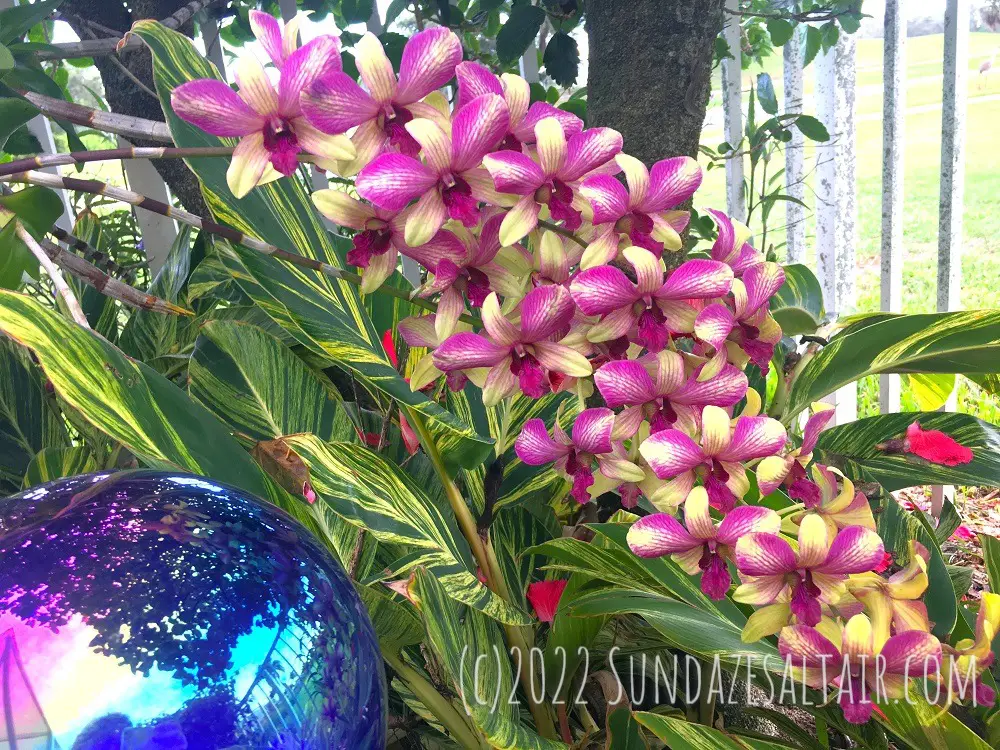
Florida... Land of Many Orchids
The sheer variety of possible flora available to grow in the subtropics may seem endless, but one in particular stands out... This exotic specimen of floral beauty has both fascinated and intimidated many a home gardener, and I am referring to none other than the one and only magnificent orchid...
The orchid itself is a wonder of beauty in its striking appearance. This air root or epiphytic plant, which requires no soil or substrate to survive, is quite a marvel to behold growing in the "wild," unpotted, hanging from trees or wedged in rocks. An epiphyte orchid essentially means the plant is able to grow either in the air on trees or on the surface of another plant or rock - yet not in a parasitic way. Instead, the orchid possesses highly adaptive roots that expertly absorb all nutrients and hydration the plant needs from its environment.
All orchids may be intriguing and beautiful, but the sight of orchids growing on palm trees or seemingly suspended in the air is especially stunning and eye-catching. And down here, if you are lucky enough, and walking down the right residential street, you just may be surprised to be treated to a feast for the eyes as house after house seems to compete for the most prize-winning orchid display. See the various pictures here of Phalaenopsis, Dendrobium, and Vanda orchids hanging from trees for proof of that...
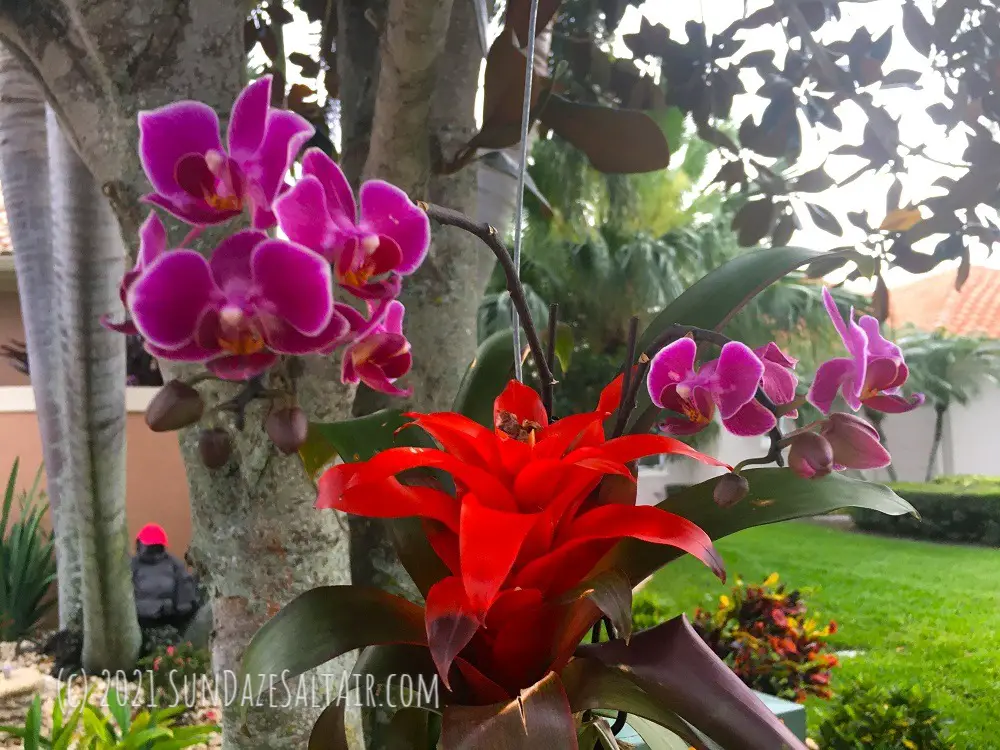
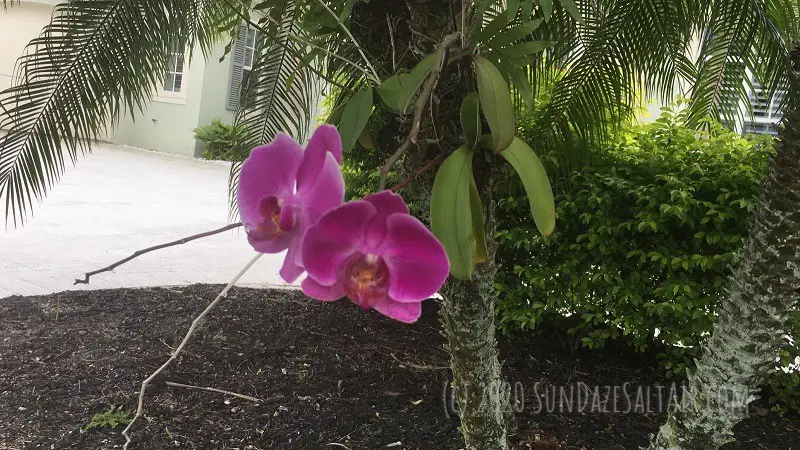
For those of you who live in temperate zones up North, I'm pretty sure such orchid displays hanging from neighborhood trees are definitely not a common sight.
If anything, unfortunately, in less tropical environs, I recall orchids were often treated as the ultimate potted housewarming hostess gift-- an exotic but lonely windowsill decoration which often sadly ended up neglected and forgotten. And even worse, once the orchid lost its flowers, many inexperienced and clueless owners would discard the flowerless plant assuming it was a lost cause - as though the orchid were a confounding mystery that only the most skilled green thumbs could master. Which leads me to wanting to write this post, and the first pervasive orchid myth that I would like to clear up once and for all...
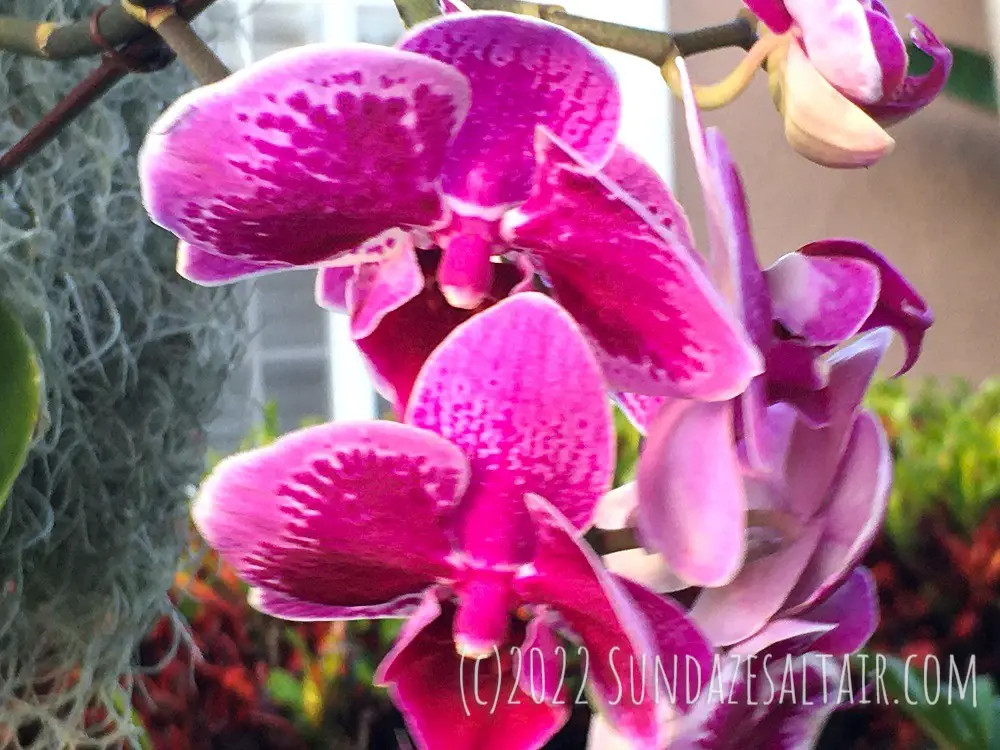
Orchid Myth #1: No Flowers Equates to a Dying Orchid
If an orchid’s flowers all fade and fall off, the inexperienced orchid caregiver usually thinks they have somehow committed some fatal mistake and now have a corpse of a plant on their hands. How many times have you heard a friend offhandedly remark, "Oh that orchid? It stopped blooming so I thought it died and tossed it..." Nonsense! Please, friends don't let friends make this mistake. Strive to educate your novice orchid-growing friends so they know not to assume a flowerless orchid is beyond redemption. Although the plant may have lost the colorful vibrancy characteristic of its blooming period, most likely it is still likely very healthy and very much alive, storing energy for its next big bloom.
The truth is, when an orchid's flowers have fallen off, your orchid has often usually entered its dormant phase, gathering up strength as it stores up energy for its next blooming phase. The irony is that a well-cared for orchid will often have a very long lifespan and, with ideal care and maintenance, can live almost as long as its human companion.
Frankly, orchids are tough, and can often thrive more than almost any other plant on near benign neglect. Yes, you can kill your orchid with kindness and "over-caring." So, fear not if you inadvertently neglected your orchid, very likely your orchid will not hold a grudge and will still reward you with fantastic blooms when the time is right during its next blooming phase.
Orchid Myth #2: Just Being Indoors Out of The Cold Is Sufficient for An Orchid's Needs
For my readers who reside outside of tropical climates and wish to indulge their passion for orchids by providing an indoor sanctuary for their new companions, this one is for you. While you may think you found the perfect cozy spot for your orchid near a western or eastern facing window with the perfect amount of bright, yet indirect light, you may still find your orchid struggling. Why? Well, as it turns out most orchids outside of the subtropics really are out of their element due to the orchids' tropical roots and temperament.
You see, unless you live in, or have a hothouse or greenhouse, it will be very difficult to replicate the humid rainforest like conditions of many orchids' native habitat. So, if you want to keep your orchids happy while living indoors, not only do you want you to keep your home temperature more on the warmer side, never cold, consistent with the orchid's tropical, heat-loving origins, but you also will want to ensure that your orchids get some humidity... which is not exactly consistent with the extremely dry, arid air most homes experience in the cold winter months.
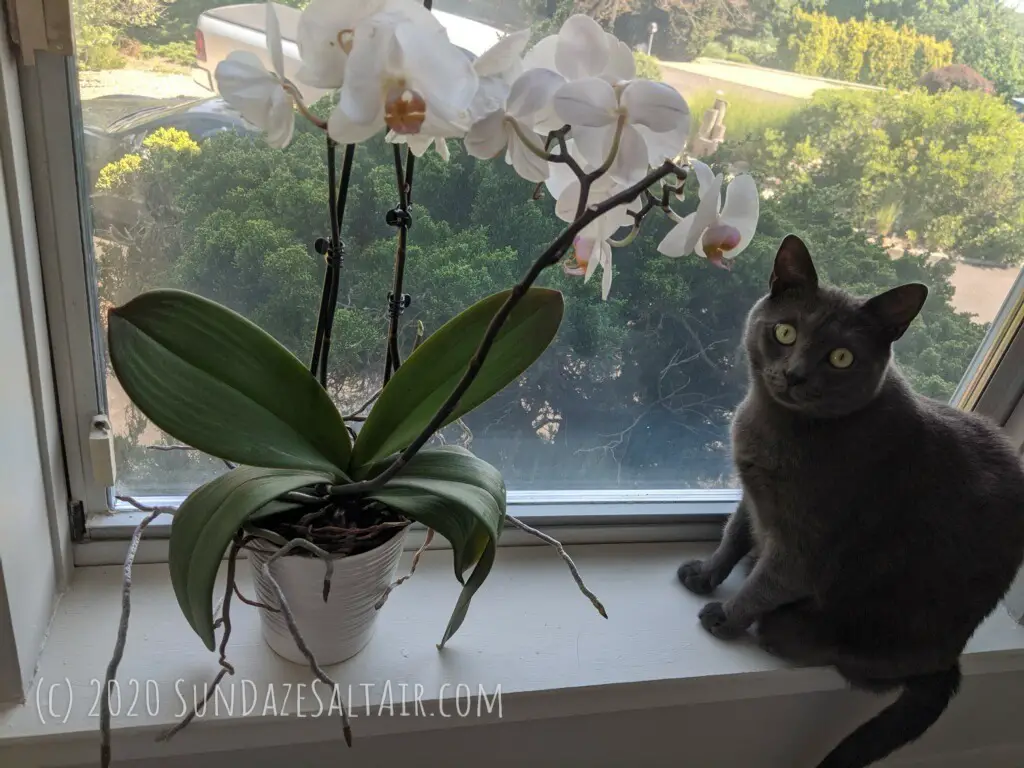
Since replicating the moist rainforest environment many orchids love is off the table unless you want a major mold problem on your hands, there has to be another way for the orchid to get the proper amount of humidity through the air as nature designed them to do. One of the simplest ways to replicate this effect is to use a mister and occasionally mist their delicate roots. Even here in the sub-tropics, I make sure to mist around my orchids if they are indoors, or outdoors during drought season. Spray bottles accomplish the job fine, but for the finest mist you can use something like this mister, and your orchids, especially indoor ones, will thank you.
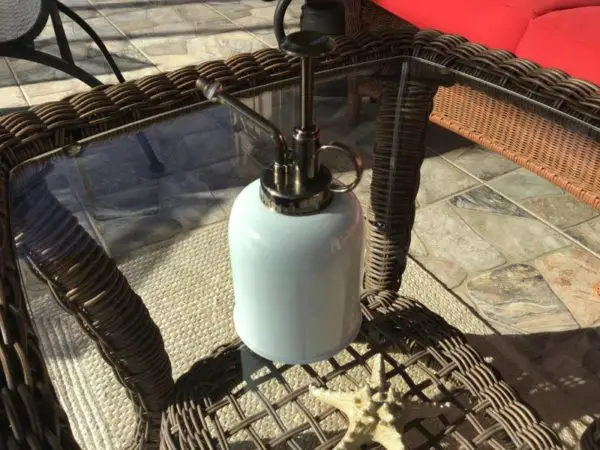
Orchid Myth #3: Orchids Need Regular Watering
Not to sound contradictory here (again, orchids are complex creatures) but while they may be tropical in origin, when living in decidedly untropical conditions, they can act almost like a cactus when it comes to how much water they need - intolerant of overwatering. In nature, an orchid's air roots easily absorb nutrients and moisture from the environment as nature intended in their unique design. After all, epiphyte orchids hanging high above the rainforest do not have the benefits of soil, so they are accustomed to thriving with their highly efficient air root system. Unfortunately, growing pot-bound indoors results in very different water needs, a fact that can escape many novice orchid growers.
I can’t tell you how many times I have heard of a well-meaning friend or family member that overwatered one a friend's orchids unbeknownst to them until they suddenly behold a dying plant with root rot. Sometimes it is discovered in time for the hardy plant to make a full recovery. Bottom-line, I truly believe more orchids are killed everywhere from over-watering than from dehydration. The “ice cube” method seems to be a particularly egregious source for this, as it is easy for an overzealous orchid care-giver to drop one too many ice cubes at once when all the poor plant wanted was just a misting at best.
Orchid Myth(s) #4 & #5: All Orchids Love Sun And Orchids Are Difficult For Beginners To Grow
I’m going to crush two myths in one here.
Reality: The easiest orchid for beginners to grow is a beautiful orchid known as dendrobium that happens to love the shade and thrive in low-light conditions. See the proof below.
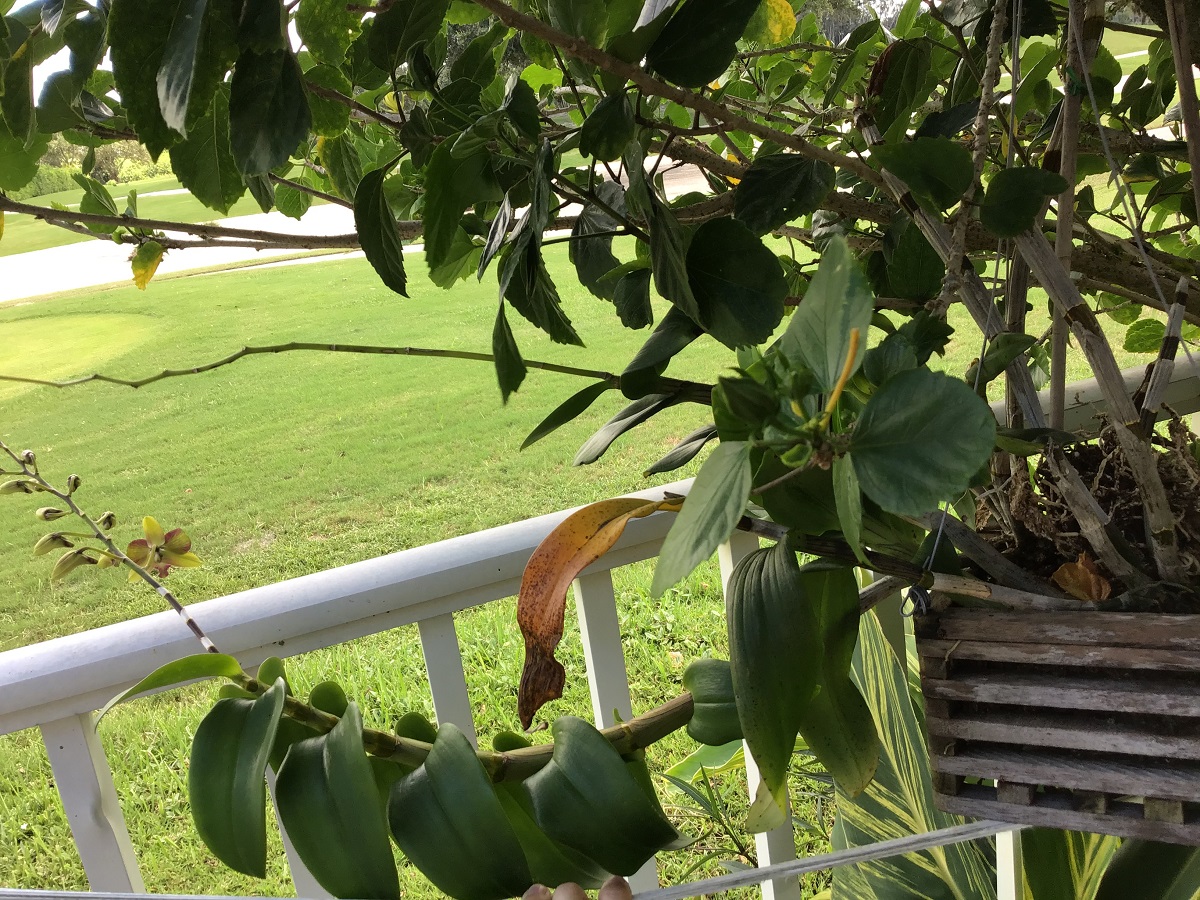
Fantastic for beginners, and for growing in the shady spot under your tree, Dendrobium orchids, do not like or require a lot of light.
So, as my much as I would like to take credit for its amazing health and vitality, this shade-loving orchid is amazingly low maintenance making it easily one of the best orchids for beginners, or anyone, seeking an especially beautiful orchid to grow under trees or in other low-light areas.
Conclusion
While certainly not exhaustive, these are just some of my thoughts and tips I have learned on my journey into the amazing world of orchid cultivation and appreciation. And I hope by sharing them with you, that you have learned something that will help your orchids to not just survive but to thrive. I will of course continue to chronicle my orchid growing efforts in future posts. In particular, look forward to one on the ever-intriguing and striking Vanda Orchid in coming weeks.
Do you grow orchids? How do you get your orchids to thrive in your growing zone? Please share your thoughts on what does or does not work for you in the comments below.
Happy Orchid Growing!
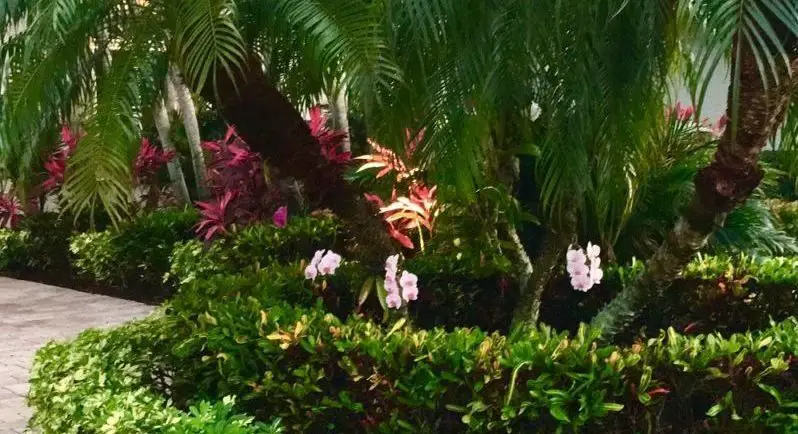


You May Also Like
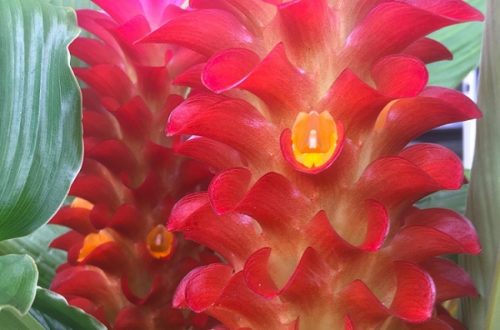
How to Grow Torch Ginger Lilies: How to Take Care of a Torch Ginger Curcuma Plant
August 28, 2021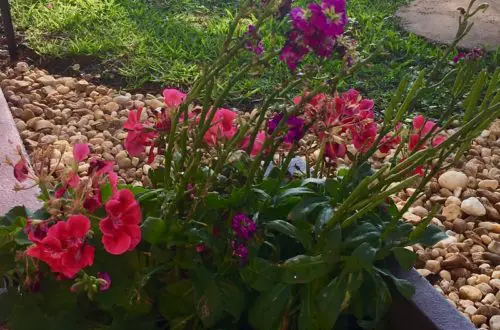
It May Be Late Summer But Signs Show Fall Is In The Air… Plus Is My Geranium Dead Or Just In Need Of Pruning? Rescuing Summer-Weary & Wilted Geraniums From The Florida Heat
September 6, 2020